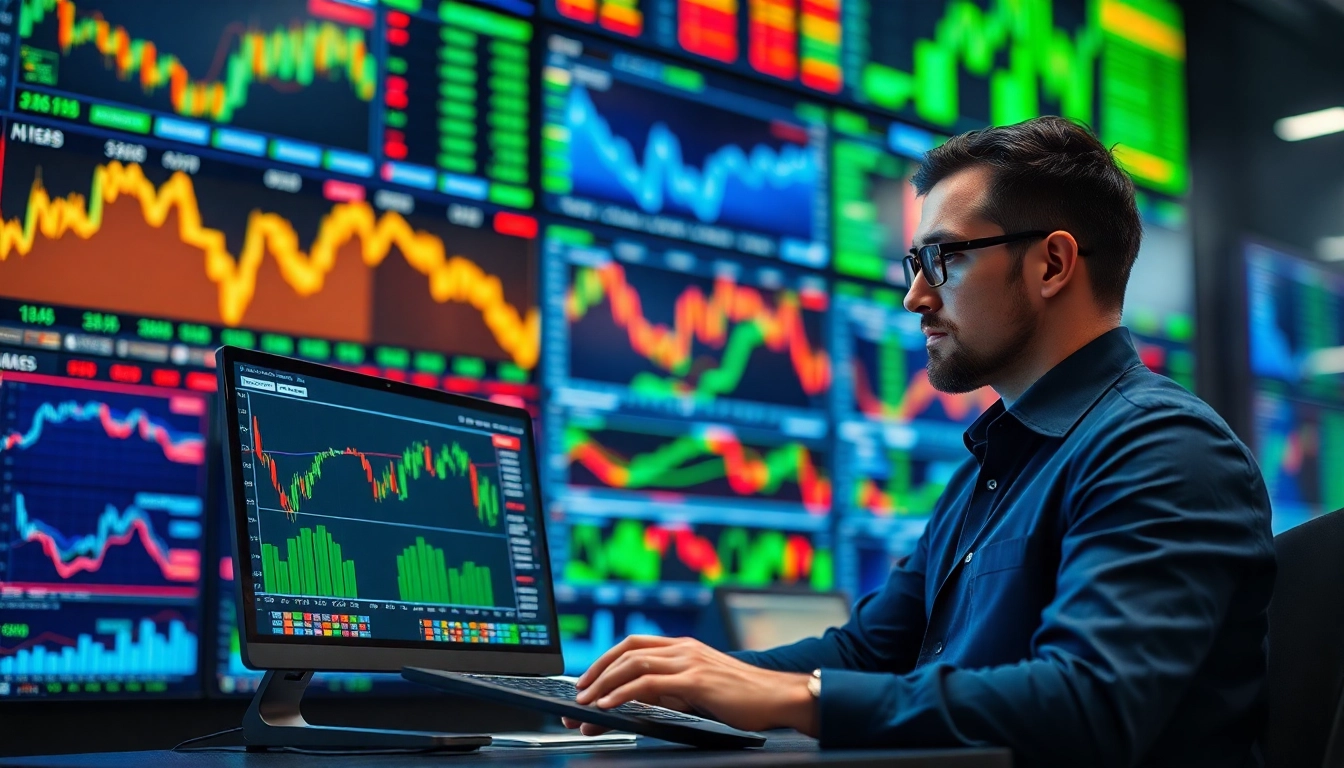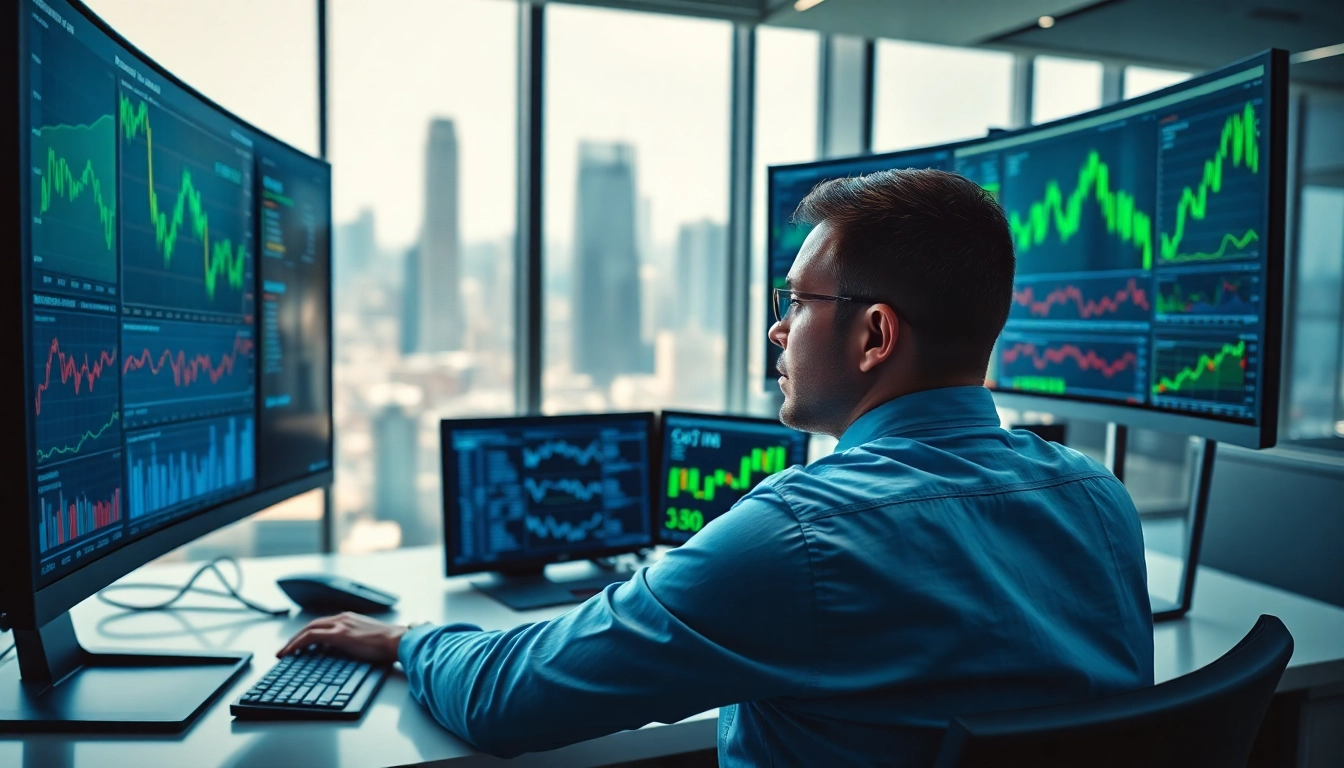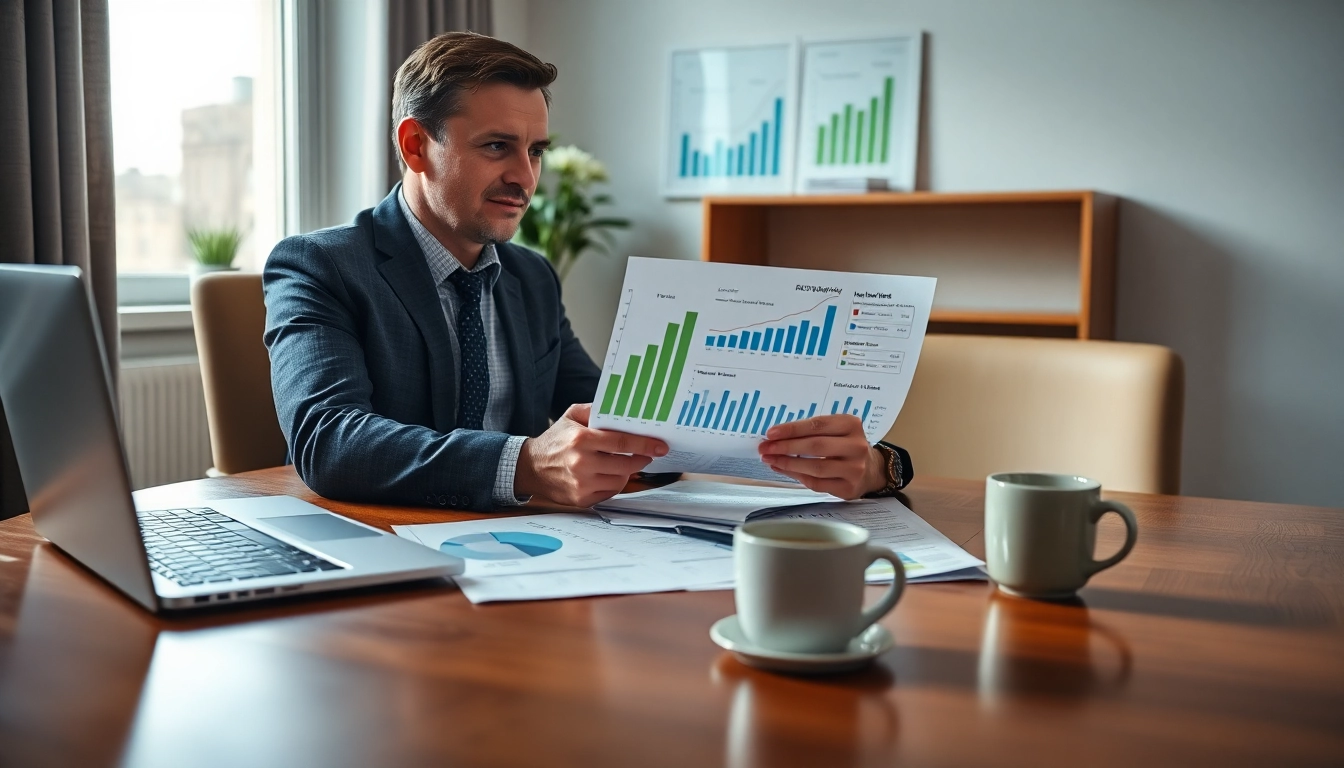Understanding Trade Futures
Futures trading is a significant aspect of the financial markets, allowing traders to speculate on the future price movements of various assets. Whether you’re a seasoned investor or a newcomer looking to enhance your financial portfolio, understanding how to trade futures is essential. In this article, we will delve into the intricacies of futures contracts, examine strategies for successful trading, analyze common challenges, and discuss how to evaluate your performance effectively.
What are Futures Contracts?
A futures contract is a legally binding agreement to buy or sell a specific asset at a predetermined price and date in the future. These contracts can include a wide range of assets, such as commodities like oil and gold, market indices, currencies, and more. The unique aspect of futures is that they allow for speculation on price movements without the necessity of owning the underlying asset.
Futures contracts are standardized, meaning that they are traded on exchanges like the Chicago Mercantile Exchange (CME), ensuring a level of liquidity and regulatory oversight. Participants can either take a long position, betting that the price will rise, or a short position, speculating that the price will fall. Understanding the dynamics of these contracts is crucial for successful trading.
Key Terminology in Futures Trading
- Leverage: Futures trading often involves margin, which allows traders to control a larger position with a smaller amount of capital. This magnifies both potential gains and losses.
- Contract Size: Each futures contract has a specified size that dictates how much of the asset is covered by a single contract. For example, one crude oil futures contract typically represents 1,000 barrels of oil.
- Settlement: Settlement can occur either at expiration (physical delivery of the asset) or via cash settlement, depending on the contract specifications.
- Expiration Date: Futures contracts have a finite life and will expire on a specific date, after which settlement occurs.
- Margin Call: This occurs when a trader’s account falls below the required maintenance margin, necessitating the deposit of additional funds to retain their trading position.
The Role of Exchanges in Futures Trading
Futures contracts are traded on regulated exchanges, which provide a platform for buyers and sellers to transact. The exchanges facilitate price discovery, standardize contracts, and provide a transparent marketplace. Major exchanges include:
- Chicago Mercantile Exchange (CME): One of the largest futures exchanges globally, offering contracts on commodities and financial products.
- Intercontinental Exchange (ICE): Known for energy futures and other commodities.
- New York Mercantile Exchange (NYMEX): A leading marketplace for energy and precious metals.
In addition to facilitating trading, exchanges also mitigate counterparty risk through clearinghouses, which guarantee transactions and ensure financial integrity.
How to Get Started with Trading Futures
Entering the world of futures trading can seem daunting, but by following specific steps, you can start your trading journey with confidence.
Selecting a Futures Broker
Choosing the right broker is crucial, as they provide the necessary platform and tools for trading. Here are some essential factors to consider when selecting a futures broker:
- Regulation: Ensure that the broker is regulated by authorities such as the Commodity Futures Trading Commission (CFTC) or the National Futures Association (NFA).
- Commissions and Fees: Compare trading costs, including commissions, spreads, and margin requirements, as these can significantly impact profitability.
- Trading Platform: Look for a user-friendly trading platform that offers functional tools for analysis, research, and execution.
- Customer Support: Access to reliable customer support can enhance your trading experience, especially when facing issues or questions.
Setting Up Your Trading Account
Once you’ve selected a broker, you’ll need to set up a trading account. This process typically involves providing personal information, verifying your identity, and funding your account. A few key considerations during account setup include:
- Account Type: Determine whether you need a cash account or a margin account, depending on your trading strategy and capital.
- Initial Deposit: Ensure you meet the minimum deposit required to begin trading futures.
- Understand Leverage: Familiarize yourself with the broker’s margin requirements and how leverage will impact your trading strategy.
Choosing Your Futures Contracts
After setting up your trading account, the next step is to select the futures contracts you wish to trade. Consider the following:
- Market Research: Conduct thorough research on the markets you’re interested in. This includes understanding the underlying assets, market trends, and economic indicators that may affect prices.
- Diversification: Diversifying your portfolio by investing in various assets can mitigate risk. Don’t put all your capital into one type of contract.
- Contract Specifications: Pay attention to the specifications of each contract, including size, expiration dates, and liquidity.
Strategies for Successful Trade Futures
Having a robust trading strategy is essential for success in futures trading. Here are some strategies that can help optimize your trading outcomes.
Technical Analysis Methods
Technical analysis involves examining price charts and indicators to forecast future market movements. Common tools include:
- Moving Averages: These indicators smooth out price data to identify trends over specific periods.
- Relative Strength Index (RSI): RSI measures the speed and change of price movements to identify overbought or oversold conditions.
- Fibonacci Retracement: This tool identifies potential reversal levels based on the Fibonacci sequence, helping traders make informed entry and exit decisions.
Utilizing these methods enables traders to make informed decisions rooted in market psychology and price patterns.
Risk Management Techniques
Risk management is fundamental to protecting your capital and ensuring long-term success. Here are key techniques:
- Setting Stop Loss Orders: Implementing stop loss orders helps automatically sell a contract once it reaches a particular loss limit, minimizing losses.
- Position Sizing: Calculating appropriate position sizes based on your total capital, risk tolerance, and market conditions is crucial for maintaining balance.
- Diversification: As mentioned, diversifying your trading portfolio reduces exposure to any single asset’s poor performance.
Using Futures for Hedging
Futures can also serve as a hedging mechanism to protect against adverse price movements. Companies that rely on commodities can lock in prices through futures contracts, ensuring budget stability. For example:
- A farmer can sell futures contracts for their crop ahead of the harvest, securing a selling price and reducing risk against price drops.
- Manufacturers can buy futures for raw materials to guarantee costs, protecting themselves from volatility.
Understanding how to implement hedging can enhance your overall risk management strategy.
Common Challenges in Trading Futures
While futures trading presents opportunities, traders also face several challenges. Recognizing these challenges is key to developing strategies to overcome them.
Understanding Margin Requirements
Margin trading allows for the amplification of trading power but can also lead to substantial losses. Here are some aspects to understand regarding margin:
- Initial Margin: The amount required to open a position is a fraction of the total contract value.
- Maintenance Margin: The minimum equity that must be maintained in your trading account to keep positions open.
- Margin Calls: Failing to maintain the required margin can trigger a margin call, compelling you to deposit more funds or face position liquidation.
Contending with Market Volatility
Futures markets are susceptible to price fluctuations driven by various factors, including economic data releases, geopolitical events, and natural disasters. Traders need to:
- Stay Informed: Regularly follow both financial news and analysis to anticipate potential market movements.
- Adapt Strategies: Be willing to adjust trading strategies quickly to respond to unexpected market changes.
The Impact of Economic Indicators
Futures prices are influenced by numerous economic indicators such as interest rates, inflation, GDP growth, and employment rates. Familiarity with these indicators and their implications on the markets can provide valuable insights into potential future price movements. Keep an eye on major reports and announcements, as they often result in increased volatility.
Evaluating Your Futures Trading Performance
To succeed in futures trading, consistent evaluation of your performance is vital. This helps identify strengths, weaknesses, and areas for improvement.
Key Performance Metrics
Track and analyze various performance metrics to gain insights into your trading efficacy:
- Win Rate: The percentage of profitable trades compared to the total number of trades taken.
- Risk-Reward Ratio: This ratio compares expected profit to the amount risked on each trade.
- Sharp Ratio: Evaluates the risk-adjusted return of your trading strategy.
Adapting Your Strategy Based on Results
Consistently analyze trading outcomes and adapt strategies as required. Flexibility and a willingness to learn from mistakes will lead to improved performance over time.
Tools for Tracking Your Trades
Utilize various tools and platforms to monitor trades automatically. Some platforms offer integrated reporting tools, while others allow you to maintain a manual trading journal. Key aspects to consider include:
- Automated Reporting: Tools that provide real-time analytics can enhance decision-making by presenting data visually.
- Trading Journals: Maintaining a trading journal enables you to reflect on your thought processes and decisions for each trade.



